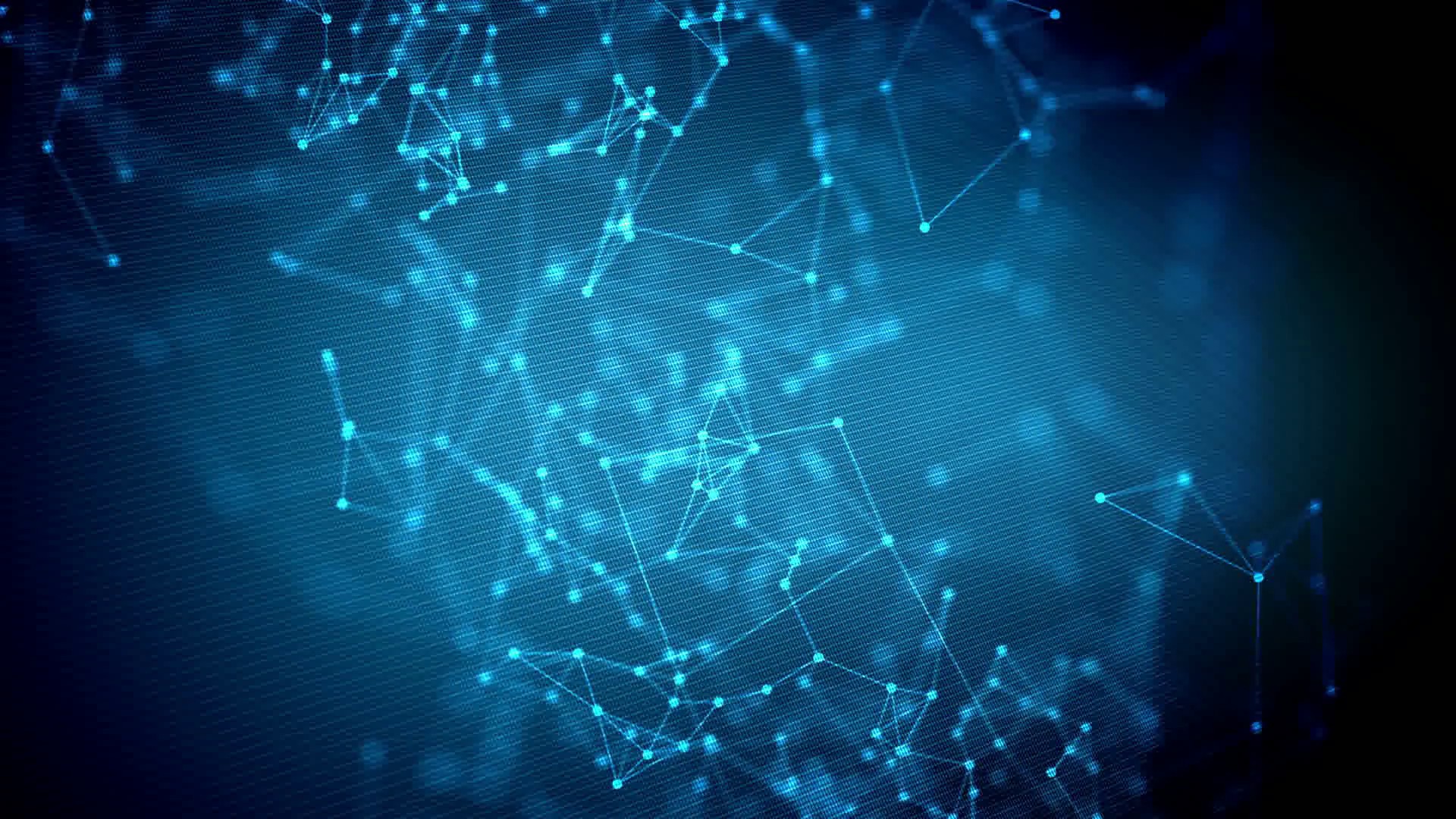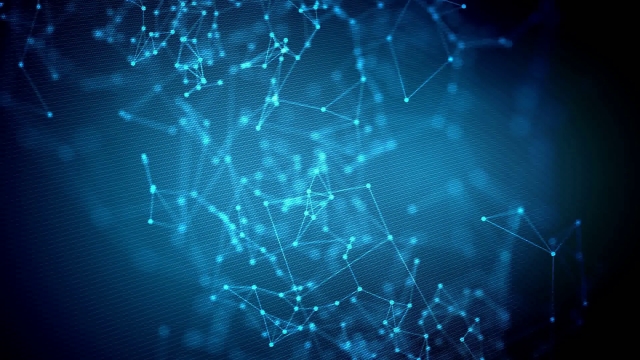
Deepfake technology has emerged as a powerful and transformative tool, revolutionizing the way we perceive and interact with media. With its ability to manipulate and alter digital content, deepfake technology has captivated countless individuals and incited both awe and concern. It has quickly gained prominence in various realms such as entertainment, politics, and journalism, raising pertinent questions about the thresholds of reality and the implications it poses for our society.
At its core, deepfake technology utilizes artificial intelligence algorithms to seamlessly superimpose or replace a person’s face onto another person’s body in a video, resulting in remarkably realistic and often indistinguishable visual representations. This advanced technology has the potential to completely reshape the landscape of the media industry, blurring the lines between fact and fiction, and creating new ethical, legal, and societal challenges that require urgent attention.
The rapid progression and accessibility of deepfake technology have sparked significant concerns regarding its potential misuse and the consequences it may have on individuals and society as a whole. From malicious actors manipulating videos for political propaganda to impersonations causing irreparable damage to reputations, the implications are far-reaching. As deepfakes become increasingly convincing and harder to detect, there is a pressing need for us to critically examine the dangers and explore potential countermeasures to mitigate their negative effects.
In this article, we will delve into the rise of deepfake technology, unmasking its dangers and exploring the multifaceted implications it brings forth. By understanding the capabilities and limitations of this technology, we can arm ourselves with the knowledge necessary to navigate the increasingly complex digital landscape. With transparency, education, and collaborative efforts, we can strive to strike a balance between innovation and safeguarding the integrity and trustworthiness of our media ecosystem.
Understanding Deepfake Technology
Deepfake technology refers to the increasingly sophisticated method of creating or altering content using artificial intelligence and machine learning. It involves manipulating images, videos, or audio to make them appear real, even though they are actually synthesized or modified. Deepfake technology has gained significant attention and raised concerns due to its potential risks and implications.
One key aspect of deepfake technology is its ability to swap faces or voices, essentially placing one person’s features onto another’s image or altering their speech patterns. This technology utilizes advanced algorithms and neural networks to analyze and mimic the necessary characteristics for a convincing manipulation. As a result, deepfakes can be difficult to detect, leading to potential misuse.
The rise of deepfake technology has sparked concerns regarding the potential impact on various aspects of society. For instance, this technology has implications for privacy, cybersecurity, and trust. With the ability to fabricate convincing audiovisual content, there is a fear that deepfakes may be used for malicious purposes, such as spreading misinformation, blackmail, or even impersonation.
Furthermore, deepfakes pose a significant threat to the integrity of digital forensics and evidence. The ease with which these manipulations can be created challenges the trustworthiness of visual and audio recordings, raising doubts about the authenticity of evidence in legal proceedings. This creates a complex issue for investigators, courts, and society as a whole.
In conclusion, deepfake technology represents a powerful and potentially dangerous tool in the digital age. The ability to create convincing fake content poses risks to privacy, security, and trust. Understanding the mechanisms behind deepfakes is crucial to develop effective detection and prevention strategies to mitigate their harmful effects.
The Dangers of Deepfakes
Faceswap
Deepfake technology poses significant dangers and potential implications for individuals and society at large. Here are three key areas where these risks are particularly concerning:
Manipulation and Misinformation: Deepfakes have the ability to manipulate and deceive people by creating highly realistic but fabricated videos or images that appear genuine. This raises serious concerns about the spread of misinformation, as individuals can be easily tricked into believing false narratives or events. Such manipulation of visual content has the potential to disrupt trust in the media and distort public perception.
Identity Theft and Fraud: The advancement of deepfake technology also presents a major risk in terms of identity theft and fraud. With the ability to superimpose someone’s face onto another person’s body, criminals can create convincing videos or images that falsely attribute actions or statements to innocent individuals. This can have severe consequences, damaging reputations, and even leading to legal or personal consequences for the falsely implicated individuals.
Privacy and Consent: Deepfakes raise serious concerns regarding privacy and consent. As the technology becomes more accessible, it becomes easier for malicious individuals to create explicit or compromising content by manipulating the likeness of unsuspecting individuals. This violation of privacy can lead to significant emotional distress, personal harm, and damage to one’s personal and professional relationships.
It is important to recognize the potential dangers and implications that deepfake technology brings. Addressing these challenges requires a multi-faceted approach, including technological advancements to detect and prevent deepfakes, legal frameworks to protect individuals, and increased awareness and media literacy to help the public discern between real and manipulated content.
Implications and Countermeasures
The implications of deepfake technology are far-reaching and potentially dangerous. One significant concern is the potential for misinformation and fake news to spread rapidly, posing a threat to our society’s trust in media and information sources. With deepfakes, anyone can be depicted saying or doing anything convincingly, leading to confusion and manipulation of public opinion.
Another concerning implication is the potential for deepfakes to be used for criminal activities such as fraud or blackmail. By manipulating video or audio evidence, malicious individuals could exploit unsuspecting victims, causing harm to their personal and professional lives. This raises urgent concerns for privacy and security in an increasingly digital world.
As the implications of deepfakes become more evident, it is essential to develop effective countermeasures. One promising approach is the advancement of detection algorithms that can identify manipulated content. By utilizing machine learning and deep neural networks, these algorithms can analyze the visual or audio cues in a media file to detect signs of manipulation. Continued research and technological advancements in this area are vital to staying ahead of deepfake creators.
Additionally, efforts should be directed towards educating the public about the existence and potential dangers of deepfakes. By raising awareness, individuals can become more critical consumers of media, questioning the authenticity of what they see and hear. Greater media literacy can serve as a powerful defense against the spread of misinformation and manipulation.
Collaboration between technology companies, government entities, and researchers is also crucial. By working together, they can share knowledge, resources, and expertise to develop comprehensive strategies to combat the negative consequences of deepfake technology. This includes implementing strict regulations and guidelines, as well as creating platforms for reporting and removing deepfakes from circulation.
Addressing the implications of deepfake technology is an ongoing challenge that requires vigilance and proactive measures. Through a combination of technological advancements, public awareness, and collaborative efforts, we can strive to mitigate the risks and safeguard the integrity of our digital landscape.

